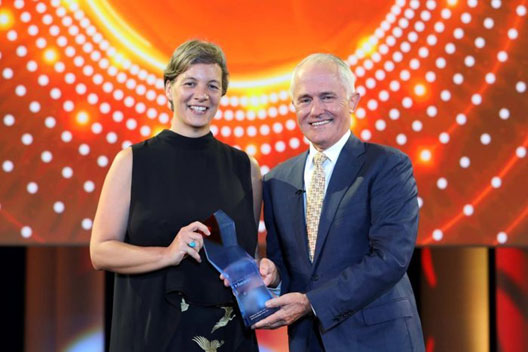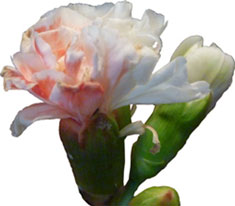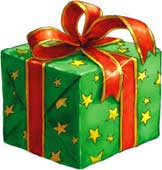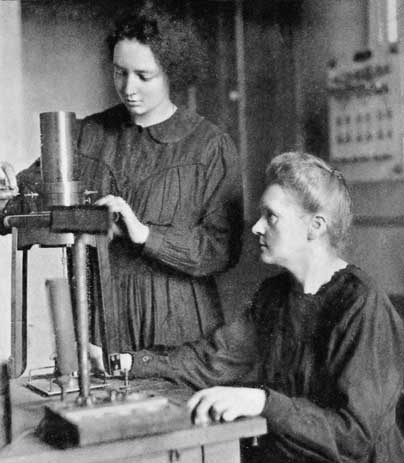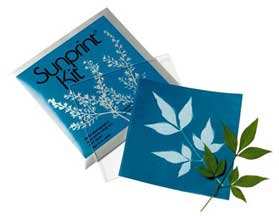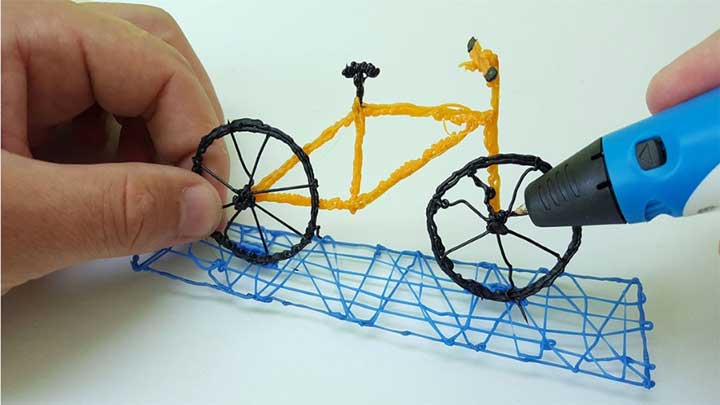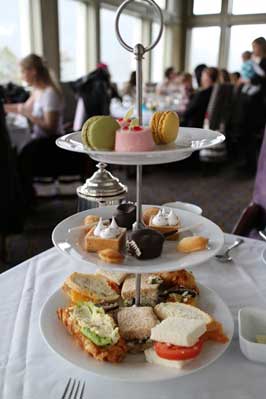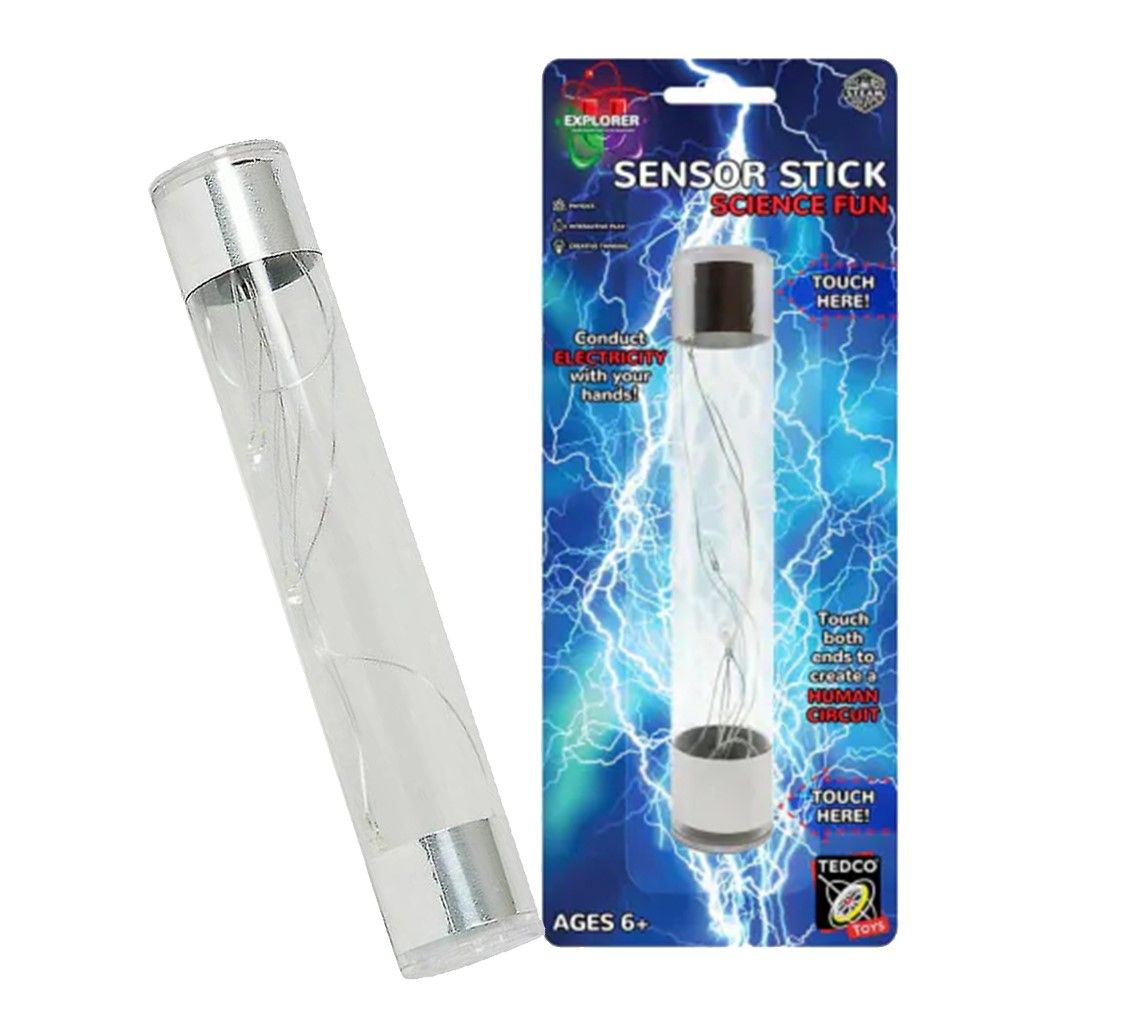|
Hi there! In honour of Mother’s Day, we have dedicated this newsletter to all those mums who love science. We feature two inspiring science mums: one a double Nobel Prize winner and the other is currently Australian of the Year. We have gathered our very best gift ideas for the science-loving mum, and we will gift wrap any purchase free for you, too. Our featured activities also double as lovely, homemade Mother’s Day gifts, and we have a new competition where you can win some fabulous prizes to gift, or keep for yourself, if you like (we won’t tell Mum). |
||
|
Building new computers – one atom at a time ‘Choose to do the hard things’, says the 2018 Australian of the Year, Professor Michelle Simmons. Why? ‘Because they are the most rewarding. When you understand things at a deep level, there is a fundamental joy that comes from that.’ Professor Simmons is a physicist who works in the field of quantum computing at the University of New South Wales. She and her team build electronic devices by manipulating individual atoms. Read the article to find out how a game of chess started Michelle on her quest to understand the ‘hard things’ of physics and mathematics, and to do the things that people did not expect her to be able to do. |
||
|
‘In my life I have lived by four mantras: Do what is hard, place high expectations on yourself, take risks, and do something that matters.’ – Professor Michelle Simmons, Physicist and 2018 Australian of the Year. |
||
|
Have some science fun with Mum! Try one or both of these experiments either with your mum, or do them secretly with another adult and make a her a cool Mothers Day gift! |
||
|
Chocolate leaves An experiment that is as delicious as it is interesting…now that’s our kind of experiment! Heat the chocolate gently and watch it turn from a solid into a liquid. Use a paintbrush to paint the liquid chocolate onto leaves, then turn it back into a solid by cooling it. Peel off the leaves to reveal a beautiful, solid, leaf-shaped chocolate. |
Colour Change Carnations A classic experiment that pre-schoolers still find fascinating and mums will find beautiful! Gather some white flowers, such as carnations. Use a knife to split the stems in half, and place each half in a glass of water that contains about 30 drops of food colouring. Leave for a day or two….et voila! The coloured water travels up tiny tubes in the stems and into the flowers. As water is lost from the flower by evaporation, more water travels up the stem. This movement of water is called ‘capillary action’. |
|
|
personalised message Order a gift for Mum from the Mad About Science Shop and we will gift wrap it, add a special message from you to mum and post it to her! Too easy!
|
||
|
Marie Curie is probably the world's most famous female scientist. She is one of only four people to have won two Nobel prizes, and overcame big obstacles in the shape of poverty and sexism in order to perform her groundbreaking work in identifying and measuring radioactivity. She discovered two new radioactive elements, and developed the first mobile X-ray machine that she took to the battlefields of World War One. As women were not allowed to attend university in her native country of Poland, Marie moved to France, where she met her husband Pierre. In 1906 Pierre was killed in a freak accident, leaving Marie to raise her two daughters on her own. One of them, Irene (pictured above with Marie), followed in her mum’s footsteps by also studying radioactivity and winning a Nobel prize. The other daughter, Eve, choose to become a writer and pianist. Marie died aged just 66, from a condition caused by all the radiation she had been exposed to over the years.
|
||
|
"I am among those who think that science has great beauty. A scientist in his laboratory is not only a technician: he is also a child placed before natural phenomena which impress him like a fairy tale." Marie Curie, dual Nobel prize winner |
||
|
Competition Time! This week we a launching a new ‘Mums and Science’ competition. We have a beautiful prize pack that you can win in time for Mother’s Day that includes: A Sunprint Kit – make your own beautiful prints of leaves, flowers or anything else you like, A Sand Art frame, filled with beautiful, ever-changing blue sand, And a Caffeine Mug to show your love of coffee and Science!
For your chance to win, just tell us a scientific fact about your mum. It might be the science behind a physical feature or condition of hers, or it might be something scientific your mum has done, or studied, or even something she remembers studying in science at school. Send us your entry by email or snail mail. Try this Fun Science Crossword with your Mum for Mother's Day |
||
|
Workshop of the week – 3D Drawing Some science mums are also creative and may like to draw, so do lots of students! This new STEM workshop has you inventing and creating in 3D. Using 3D pen technology, design your own plastic model for a purpose. |
||
|
Where do you Take your Science Mum on Mother's Day? Many museums and zoos offer a brunch or high tea on Mother’s Day. Here is a selection of places to go on Sunday 13th May :
High Tea at Melbourne Museum’s ‘Treetops’ venue Mother’s Day breakfast at Western Plains Zoo, Dubbo, |
|
|
Menu
Search
Cart
Search

